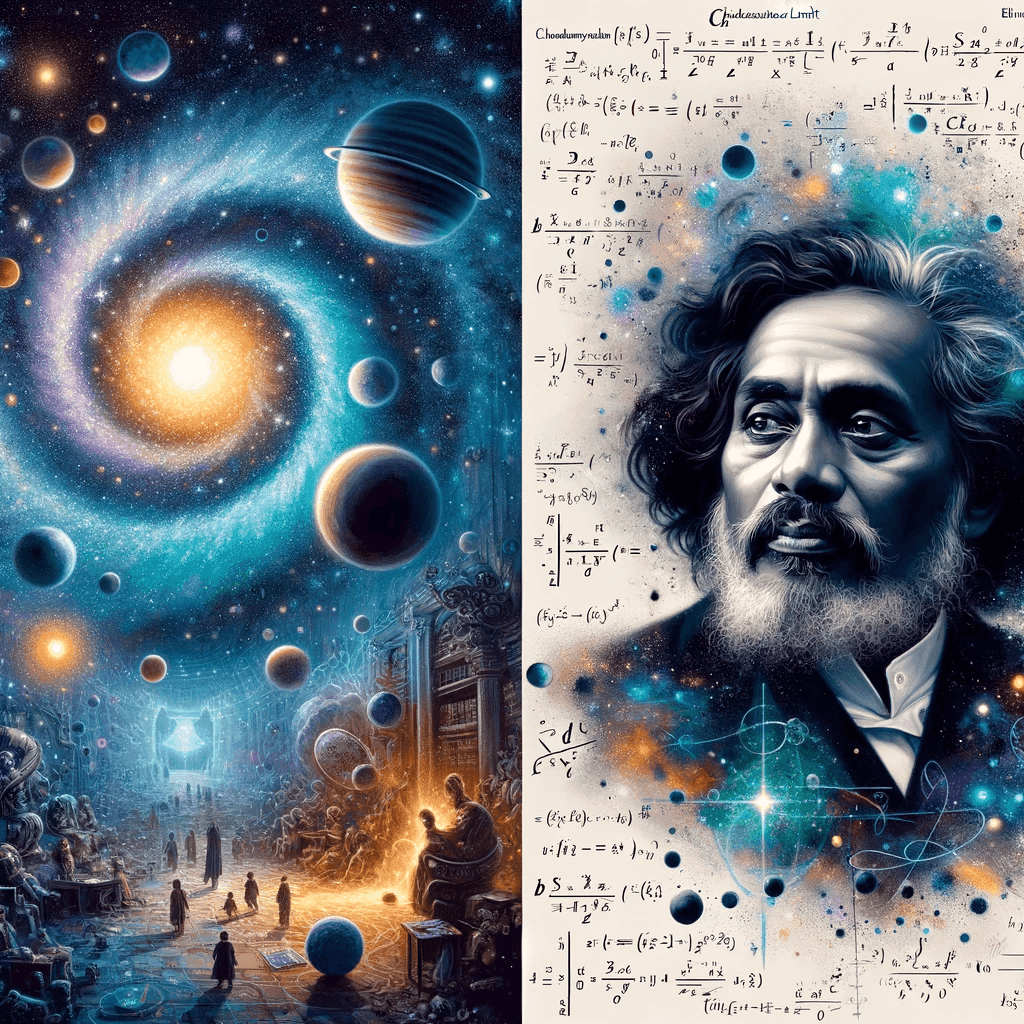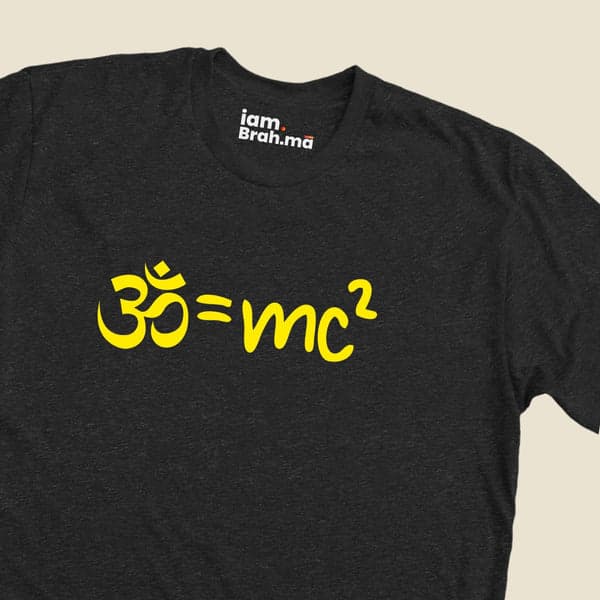Chandrasekhar Limit: Astrophysical Concept by Subrahmanyan Chandrasekhar
The Chandrasekhar Limit, named after the Indian-American astrophysicist Subrahmanyan Chandrasekhar, is a fundamental concept in astrophysics. It refers to the maximum mass (about 1.4 times the mass of the Sun) that a stable white dwarf star can have. Beyond this limit, a white dwarf can no longer support itself against gravitational collapse, leading to either a supernova explosion or the formation of a neutron star or black hole.
Information and Other Details

Information on the Discovery
Chandrasekhar formulated this limit in 1930, at the age of 19, during a journey to England from India. His theory was initially met with skepticism, particularly from established astrophysicists like Sir Arthur Eddington, but it was eventually accepted and has become a cornerstone of astrophysics.
Story
Chandrasekhar's journey in developing this theory was one of intellectual rigor and perseverance. Despite facing initial resistance from the scientific community, his steadfast commitment to his findings eventually led to widespread recognition and acceptance. His work greatly expanded the understanding of stellar evolution and the end stages of star life.
History of the Discovery
The Chandrasekhar Limit was a significant breakthrough in astrophysics and marked a turning point in the study of stellar evolution. Chandrasekhar's work built upon the existing theories of quantum mechanics and relativity to provide a deeper understanding of the forces at play in the lifecycle of stars.
Scriptural References and Its Mentions
While there are no traditional scriptural references to the Chandrasekhar Limit, it is widely discussed and cited in modern astrophysical literature and textbooks. Chandrasekhar's original papers and his book "An Introduction to the Study of Stellar Structure" are key resources for understanding this concept.
Global Influence/Acceptance
The Chandrasekhar Limit is universally accepted in the field of astrophysics. It has significant implications for the study of stellar dynamics, black holes, and the evolution of galaxies. Chandrasekhar's contribution earned him the Nobel Prize in Physics in 1983, jointly with William A. Fowler.
...




